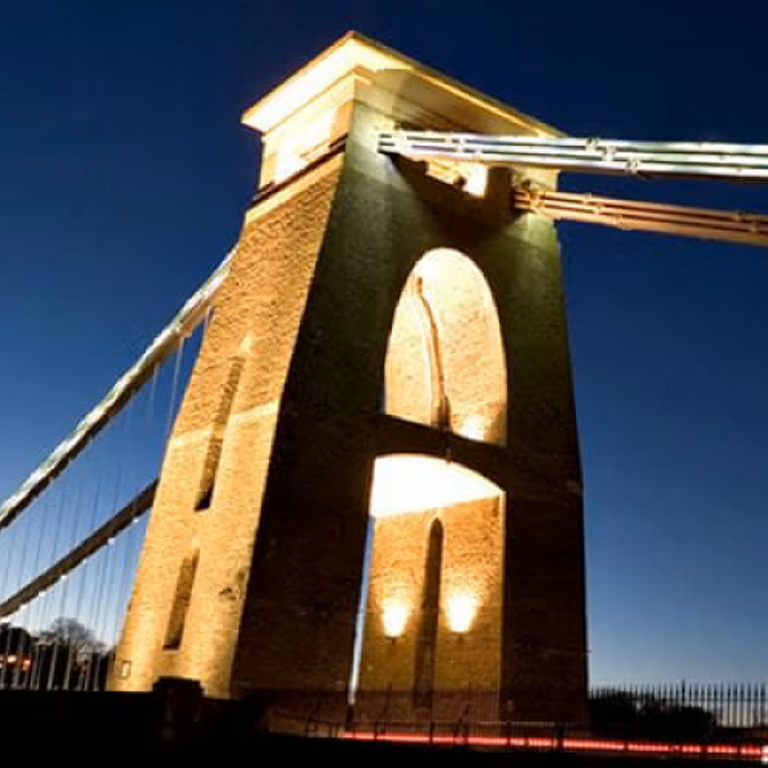It might seem counter-intuitive, but even as we head into British summertime, now is a great time for businesses to think about and take steps to mitigate flood risks. After all, as the saying goes, "the best time to fix the roof is when the sun is shining."
Let’s remember that the impact of a flood event on a business can be severe. In fact, the average cost of flood damage in a commercial setting is around £80,000. Meanwhile a small business can lose up to 50 working days following a flood event, which clearly leads to a loss of custom and, with orders and shipments on hold, reputational damage too.
The good news is there is no need to wait until the waters are rising to take action. Analysis from FloodFlash* can now reveal in detail the flood risks facing British businesses - and the biggest risk may be one you haven’t even considered.
So, drawing on FloodFlash’s analysis, here are the top five flood risk facts that you simply cannot afford to ignore.
1. 40% of small businesses close for good after catastrophic flooding
As pointed out above, a serious flooding event can bring significant unexpected overheads and business disruption – 50 lost working days and costs of £80,000 per incident on average – and, sadly, that burden proves too much for almost half of those affected.
Four in ten ultimately close for good , in many cases because it simply takes too long to recover. The numbers tell the story - 52% of small businesses say it would take at least three months to recover from a disaster, but 90% of smaller companies fail within a year unless they can resume operations within five days following a disaster.
The solution here is preparation. Not just flood defence and mitigation, but also broader disaster recovery (or flood resilience) planning designed to minimise disruption and get your business back up and running quickly – even if that means using temporary premises or home working.
2. 27% of commercial properties in Britain are at risk from flooding
To put that in context, that’s one in every four commercial properties, or 436,000 country-wide – the equivalent of all commercial properties in Greater London, Manchester, Bristol, Edinburgh, Merseyside and most of Yorkshire. What’s more, that is twice the rate of flood risk facing domestic properties.
For around half of those business, the picture is even worse – 14.4% of commercial properties (one in eight) is subject to significant flood risk, while a total of 18% face a moderate risk.
Clearly, understanding the level of risk must be a starting point for flood resilience planning - and it is worth remembering that a business’s location can have marked effect on the level of risk.
In fact, the five county areas in Britain with the highest proportion of businesses facing very real flood risk are East Riding of Yorkshire (37%), Merthyr Tydfil (36%), Neath Port Talbot (34%), Newport (32%) and Conwy (31%).
So, if you don’t know the level of flood risk facing your business, take steps to find out – for instance using the government’s postcode-based flood risk tool.
3. Of the commercial properties at risk from flooding, 80% are at risk from surface water
Images of flooding on the news tend to focus on swollen rivers bursting their banks. However, dramatic as those images may be, they do not represent the most significant flood risk facing most businesses in flood areas.
The biggest culprit, for those commercial properties at risk is surface water flooding, or ‘flash flooding”, which was also the culprit behind the national flooding event in 2007.
Surface water flooding happens when intense localised rainfall quickly saturates the ground, preventing it from soaking away, and overwhelms drainage systems – as we saw in 2007, the results can be catastrophic.
This is why it is a mistake to think that a business is not at risk from flooding simply because it is not located near a waterway or the coast. The truth is, more British businesses are at risk from surface water flooding than from river or coastal flooding – of the commercial properties at risk from flooding, 33% are at risk from river flooding and 7% from coastal flooding, compared with 80% for surface water flooding.
Worse still, around 20% of British commercial properties face the double jeopardy of flood risk from two sources.
Again, you can get an idea of the breakdown of flood risk facing your business – between surface flooding and river/coastal flooding via the government’s postcode-based flood risk tool.
4. Retail and industrial properties make up over half of those facing flood risk in Britain
Retail is the most at risk sector, making up nearly one third (32.5%) of the commercial properties at risk. To make matters worse, 58% of retail companies report that they don’t have comprehensive insurance cover for flooding in place.
By contrast, while manufacturing, wholesaling, and logistics properties account for more than 20% of those at risk, 76% of these companies report that they do have comprehensive insurance, including flood cover. Meanwhile, office-based businesses represent the third most at risk sector, making up around 10% of those at risk – and, here, around half of those business say they are insured against flooding.
Clearly, effective insurance coverage is very much part of an effective flood resilience strategy – potentially insulating against unexpected costs, helping to minimise disruption and even replacing lost income. So, if your business is one of the 31% without flood cover (either included in main policy or standalone), then taking action to understand your insurance options now is a sensible precaution.
5. Nearly half of the businesses flooded in the past 10 years experienced a period of business disruption
The interruption of normal business operations is one of the most damaging aspects of a flood event. As we have seen, it can precipitate significant costs and even lead to business failure – so it is a concern that 48% of those affected by flooding in the last ten years have experienced a period of disruption, and 26% have experienced prolonged disruption.
The figures around flood resilience or disaster recovery planning may explain why, for so many firms, a flood event can lead to a fight for survival, and why 63% agree that flooding represents a potential threat to the continuity of the business.
Overall, just 35% have developed comprehensive flood resilience plans and less than half (42%) have in place the business interruption insurance that – with the right level of cover in place - can play a key role in strengthening flood resilience by helping the business to recover quickly, covering unexpected costs (from replacing equipment and stock to re-wiring and refitting), and replacing lost income.
Here to help
If you are concerned about the flood risk facing your business and want to take steps to mitigate your risks, you can read about preparing your business for extreme weather, our brief guide to help you get started with business continuity planning, or contact one of our experts for support and guidance. Alternatively, why not find out more about innovative, parametric flood insurance, or talk to us about business interruption insurance.
* All data provided within this article unless otherwise stated is taken from The FloodFlash Commercial Risk Report 2022 - 2nd Edition.
Sources:
Real-world insight that we don't share anywhere else
Get access to exclusive help, advice and support, delivered straight to your inbox.









